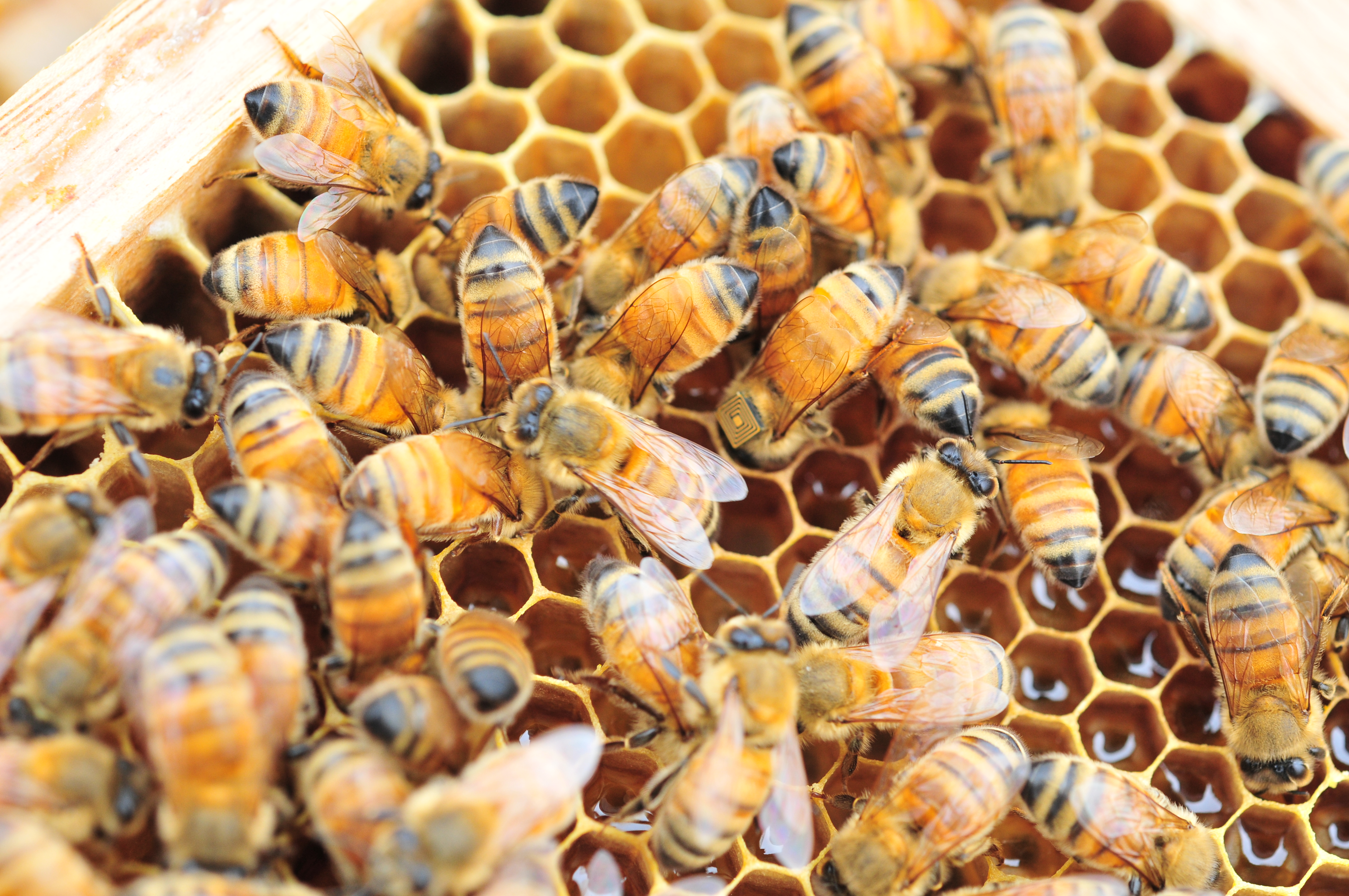
ON is Australia’s national science and technology accelerator program, powered by CSIRO. We get ideas out of the lab and into the world.
We love science. It’s certainly our thing. But innovative, game-changing science takes time and we know how important it is to get science and research from the lab to you as quickly as possible.
Enter our ON accelerator program. ON helps researchers from universities or other publicly-funded research agencies bridge the gap between their work and real-world outcomes that industry can take to market. But it’s about more than just commercial outcomes, it’s about helping researchers connect their work with real-world applications to deliver for all Australians.
Some examples of ON teams who’ve walked the walk include the ultra-low gluten barley Kebari (recently commercialised with a German beer company); Cardihab, the Smartphone app that supports cardiac rehabilitation in any location, and Hovermap, an intelligent software system for unmanned aerial vehicles that allows them to access and monitor critical but dangerous national infrastructure.
Now we’re welcoming our latest recruits who’ll be solving some of the greatest challenges with their innovative science and technology.
Bee Innovative

A bee hive.
These guys are an important link in the global food chain – and they need our help!
If you’re a two-coffees-a-day kind of person then this innovation will certainly have your interest piqued. If you love coffee, chocolate or one of the hundred other crops that rely on bees for pollination, this one is for you.
Bee Innovative’s mission is to increase food production globally without having to use any extra land or water. Their solution is the bee’s knees – they use a radar-like sensor for bees that identifies and tracks the insects as they busily pollinate crops. This information is sent in real-time to an app for farmers so that they can identify crops that aren’t getting pollinated and address the problem before it leads to lower yields.
Parts Per Billion
Speaking of chocolate and coffee, what happens if you can’t even have your favourite foods?! Sounds like a nightmare but there may be a solution.
If you have a food allergy, you’re required to put a lot of trust into food manufacturers that when they say products are free of allergens, it’s actually true. The problem with this is the food supply chain moves much faster than current laboratory tests, meaning that products can end up on shelves up to two weeks before manufacturers can guarantee that they’re safe. Parts Per Billion has developed a sensor that’s the same size as your average esky that can deliver these same results in minutes, meaning manufacturers can know for certain that their products are safe for consumption.
Advanced Genetic Tests

What can your DNA tell us about your cancer risk? A simple mouth-swap might help Aussies with melanoma.
It’s estimated that in 2019 over 15,000 Australians will be diagnosed with melanoma and 1725 will die from it. Accurately analysing the risk of the cancer is critical for proper treatment. Advanced Genetic Tests is bringing in a new era of personalised medicine, with a test that can analyse DNA samples to determine the risk of a patient’s melanoma which out-performs the current “gold standard” test. In the future the same technology could also be used to determine a patient’s risk of developing a range of other diseases, including heart disease, cancer and diabetes.
Contactile
Have you picked up a piece of fruit recently without crushing or dropping it? While this seems like a simple task for humans, it’s very difficult for robots. This is because we have something they don’t – a sense of touch. Contactile is bringing robots into the future by developing a tactile sensor that gives robots the sensory advantages of a human hand without the human physical limitations of size, strength, environment and fatigue. The Contactile mission is to build robots that surpass human dexterity – so they can do all the jobs that people can’t or don’t want to do.
Bring ON the future

We are passionate about unlocking the sci-tech innovation that will shape Australia’s future and positively impact the world. Join us in bringing the future ON.
The training that we provide builds up to a big showcase of their talents, where each team gets to pitch to a room of investors, entrepreneurs and leaders in the sci-tech space, known as our Demo Day. We haven’t been able to keep quiet about it and for good reason – it’s ON’s biggest day of the year!
We’d also love for you to get involved! You can watch these teams pitch and network with them at Demo Day in May in Brisbane, or watch the livestream of the event on the day.


26th June 2020 at 3:22 pm
Could the weight of water at great depth be used to run generators on the surface be practical, no waste, water returned to the ocean. Brian Wragge